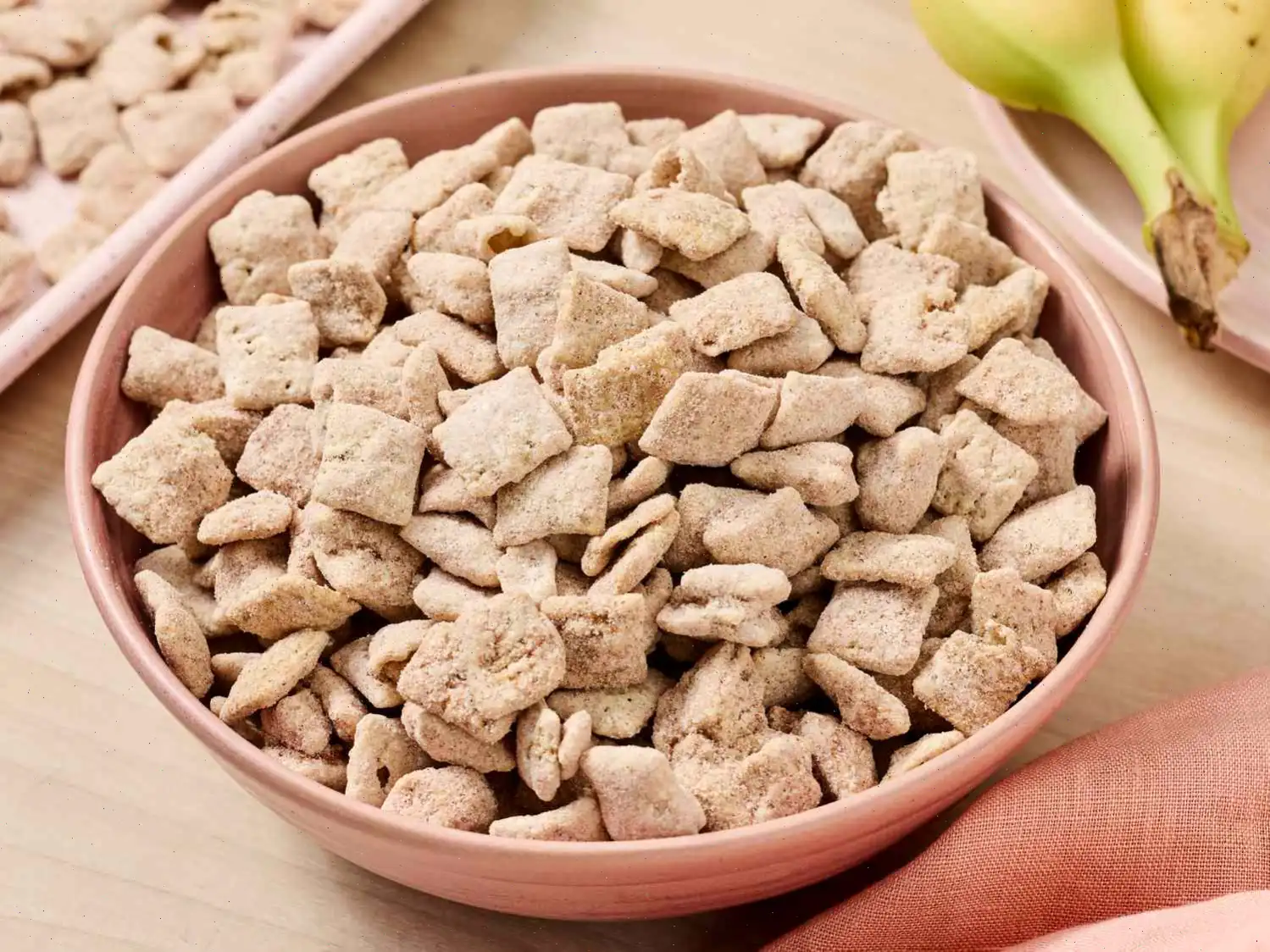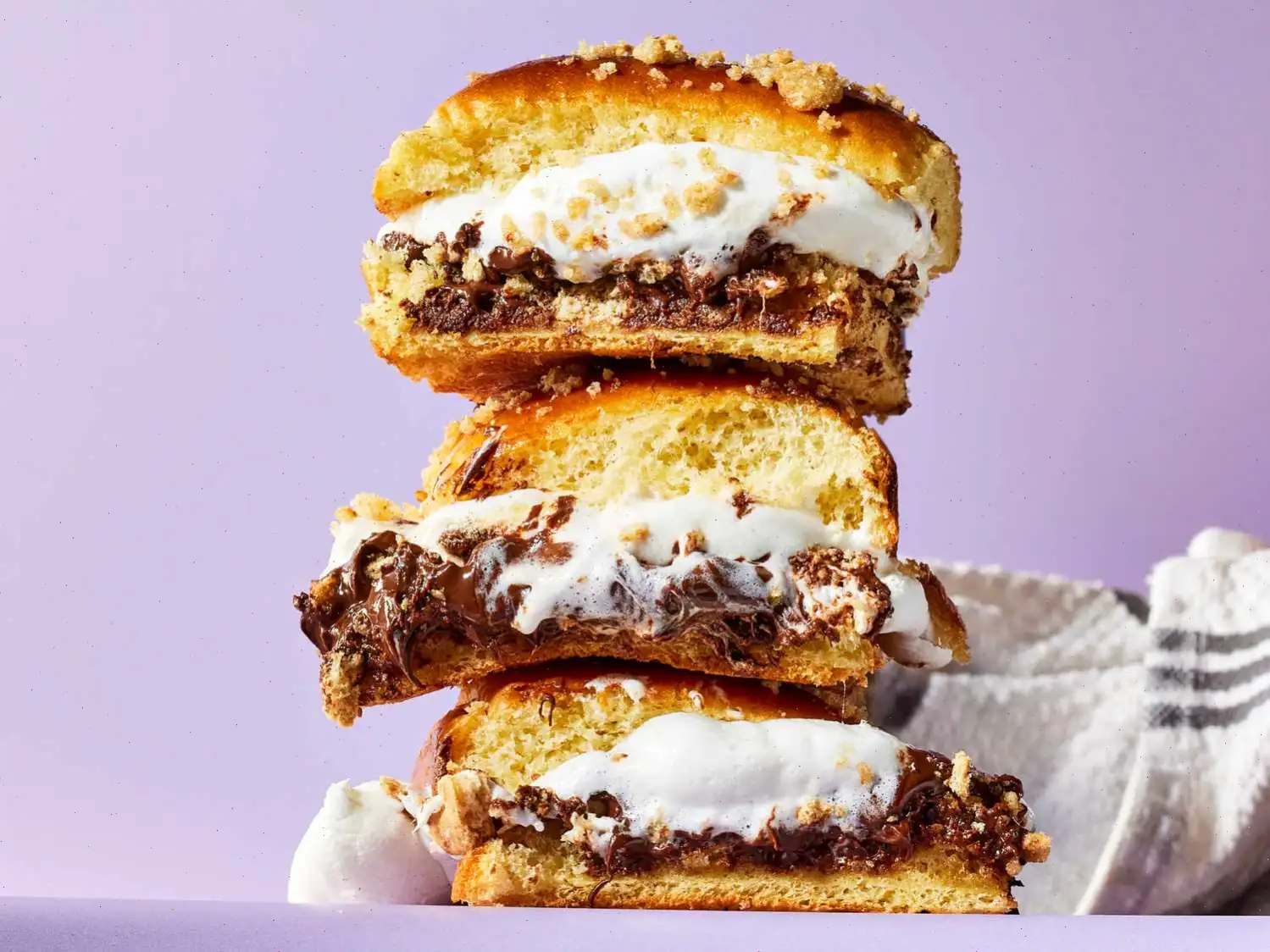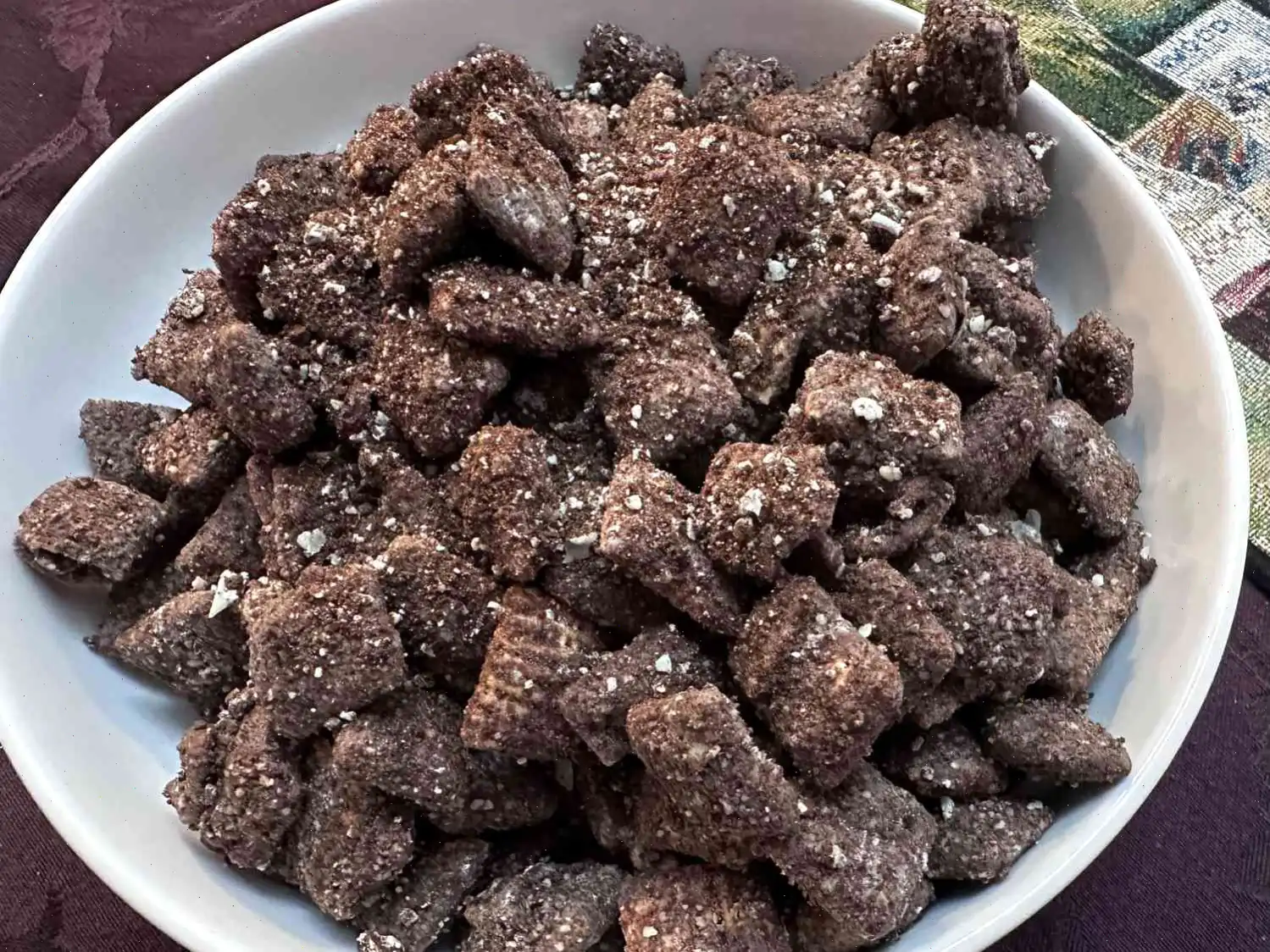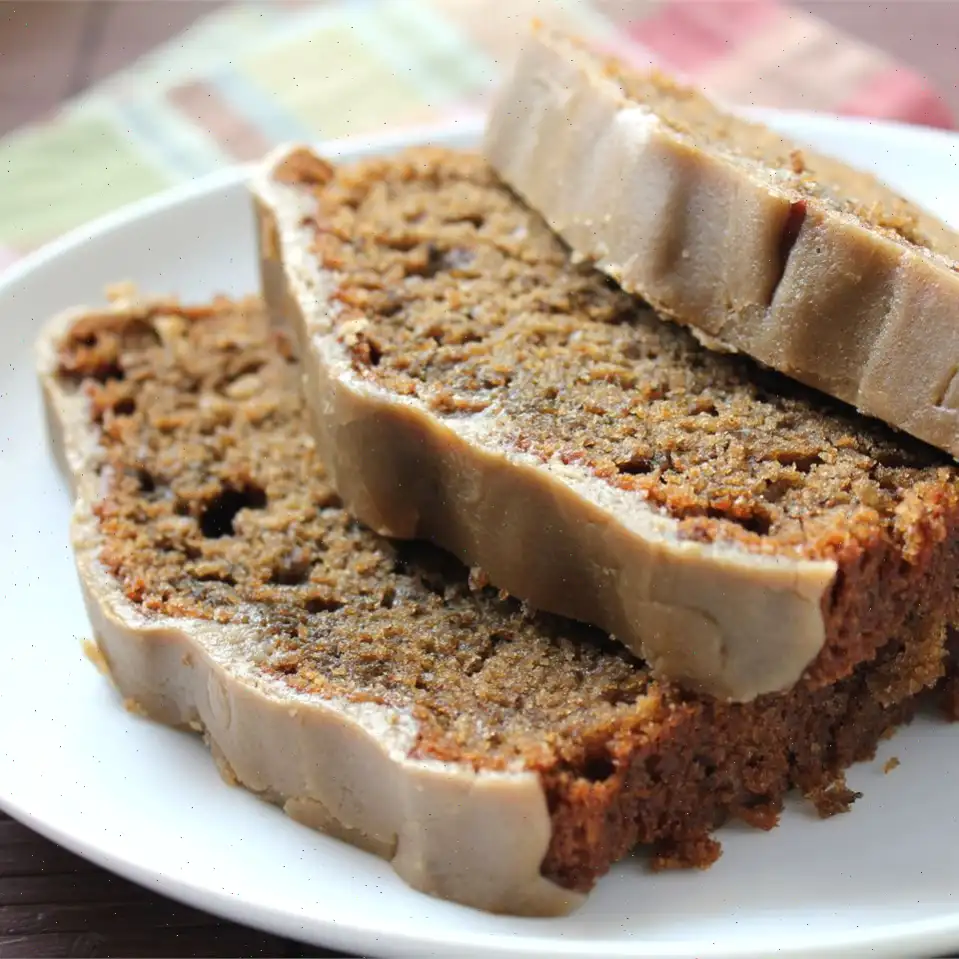
Copycat Orange Julius Recipe
This delicious orange cream smoothie is the perfect refreshing treat. Easy to prepare and full of creamy goodness, it combines the tartness of orange juice concentrate with the richness of milk and heavy cream, all blended with ice for a frothy texture.
Ingredients
- 3/4 cup orange juice concentrate
- 1/2 cup whole milk
- 1/2 cup heavy cream
- 1/2 cup water
- 2 tablespoons confectioners' sugar (or more to taste)
- 2 teaspoons vanilla extract
- 1 cup ice
Directions
- Place the orange juice concentrate, milk, heavy cream, water, confectioners' sugar, and vanilla extract into a blender cup.
- Blend everything together until well combined.
- Add the ice to the blender and blend again until the mixture becomes frothy.
- Serve immediately and enjoy this smooth, refreshing drink!
Nutrition Facts (per serving)
| Calories | 426 |
| Total Fat | 24g |
| Saturated Fat | 15g |
| Cholesterol | 73mg |
| Sodium | 57mg |
| Total Carbohydrates | 47g |
| Dietary Fiber | 1g |
| Total Sugars | 42g |
| Protein | 6g |
| Vitamin C | 143mg |
| Calcium | 151mg |
| Iron | 0mg |
| Potassium | 762mg |
* Percent Daily Values are based on a 2,000 calorie diet. Your daily values may be higher or lower depending on your calorie needs.
** Nutrient information is not available for all ingredients. Amount is based on available nutrient data.
If you are following a medically restrictive diet, please consult your doctor or registered dietitian before preparing this recipe for personal consumption.
The History of the Orange Julius
The Orange Julius, an iconic American beverage, traces its roots back to the 1920s. Julius Freed, a Southern California entrepreneur, first created the drink as a way to mask the acidity of fresh orange juice. Combining orange juice with milk, sugar, and ice, Freed developed a frothy, creamy beverage that quickly gained popularity. By the mid-20th century, the drink became a staple in shopping malls and soda fountains, celebrated for its sweet, refreshing taste and light, airy texture.
Regional Variations
Although the Orange Julius originated in California, regional variations have emerged across the United States. In some areas, the drink is made with low-fat or almond milk to accommodate dietary preferences. In the Midwest, it is common to find versions blended with sherbet, giving the drink a slightly tangier, more dessert-like profile. Despite these differences, the essential characteristica creamy, frothy orange flavorremains constant nationwide.
Differences from Similar Drinks
The Orange Julius differs from other orange-based beverages, such as smoothies or creamsicles, in its texture and composition. Unlike a standard smoothie, it uses a higher ratio of liquid to ice, which results in a lighter, almost airy froth. Compared to a creamsicle float, the drink does not include soda, allowing the natural orange and cream flavors to shine. This combination of sweetness, creaminess, and froth sets it apart from similar fruit drinks.
Typical Serving Occasions
Traditionally, the Orange Julius is served cold in a tall glass, often as a mid-morning or afternoon refreshment. It is commonly found in mall kiosks, diners, and fast-food chains. Its versatility also allows it to function as a dessert beverage or a treat on a hot summer day. Many families recreate the drink at home, enjoying it as a fun and indulgent alternative to ordinary juice or milkshakes.
Interesting Facts
One fascinating aspect of the Orange Julius is that it helped popularize the concept of mall-based beverage stands in the 1960s and 1970s. The drinks recipe is simple yet distinctive, relying on the careful balance of acidity from the orange, sweetness from sugar, and creaminess from milk and cream. Some enthusiasts claim that the key to the perfect Orange Julius is achieving the ideal frothiness without over-blending. Today, it remains a nostalgic favorite, evoking memories of classic American soda fountains and summer treats.








